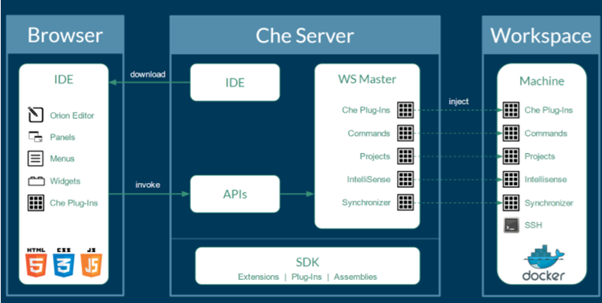One of the most important and useful feature added to YUM Package Manager (from version 3.2.25) is the ‘yum history’ command. It allows you to review a full history of yum transactions that have been run on a system.
- Install Docker Centos 8 Yuma
- Yum Install Docker-ce Centos 8
- Yum Install Docker-compose Centos 8
- Install Docker Centos 8 Yumi
- Yum Install Docker Centos 8
Docker is a tool that allows you to easily build, test and deploy applications smoothly and quickly using containers. Containers allow a developer to package an application with its dependencies and ship it out as a single package. This tutorial provides a starting point on how to install Docker, create and run Docker containers on CentOS/RHEL 8/7, but barely scratches the surface of Docker. Step 1: Install and Configure Docker.
- Then install Docker from the repositories. Dnf install docker-ce -nobest -y. Start the docker service. Systemctl start docker. Make it also start automatically on server restart. Systemctl enable docker. Once installed, you should check that everything is working correctly. See the docker version.
- Undo Yum Install Package. To redo a yum install, as before, take note of the transaction ID, and run it. For instance to redo the install with ID 63, run the the following command. $ sudo yum history redo 63 Note that you can do the same for a yum remove/erase transaction. The most important thing to note is the transaction ID of an yum install.
- The latest release of the RHEL 8 / CentOS 8. Red Hat has built its own tools, buildah and podman, which aim to be compatible with existing docker images and work without relying on a daemon, allowing the creation of containers as normal users, without the need of special permissions (with some limitations: e.g. At the moment of writing, it's still not possible to map host ports to the.

Install Docker Centos 8 Yuma

It shows the dates and times when a transactions were performed, whether the transactions succeeded or were aborted, the number of packages affected, and so much more.
Importantly, yum history can be used to undo or redo certain transactions. In this article, we will show how to undo or redo a yum install including dependencies on a CentOS/RHEL distribution.
To do this, first you need to review the yum transactions history by running the following command as root user, otherwise use the sudo command to gain root privileges.
From the output in the screenshot above, the yum history shows you the transaction ID, the command line, date and time, action and more.
Yum Install Docker-ce Centos 8
To undo a yum install, take note of the transaction ID, and perform the required action. In this example, we want to undo the install with ID 63, which will erase the package that was installed in the specified transaction, as follows (enter y/yes when asked).
To redo a yum install, as before, take note of the transaction ID, and run it. For instance to redo the install with ID 63, run the the following command.
Yum Install Docker-compose Centos 8
Note that you can do the same for a yum remove/erase transaction. The most important thing to note is the transaction ID of an yum install or yum remove action.
Install Docker Centos 8 Yumi
For more information about yum history, see this guide: The copy of the install macos catalina application is damaged disk.
Yum Install Docker Centos 8
That’s all for now! In this article, we demonstrated how to undo or redo a yum install including dependencies on CentOS/RHEL. Share your thoughts with us via the comment form below.
